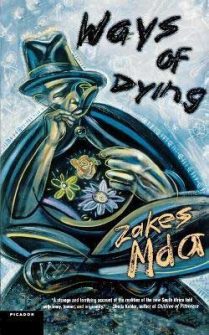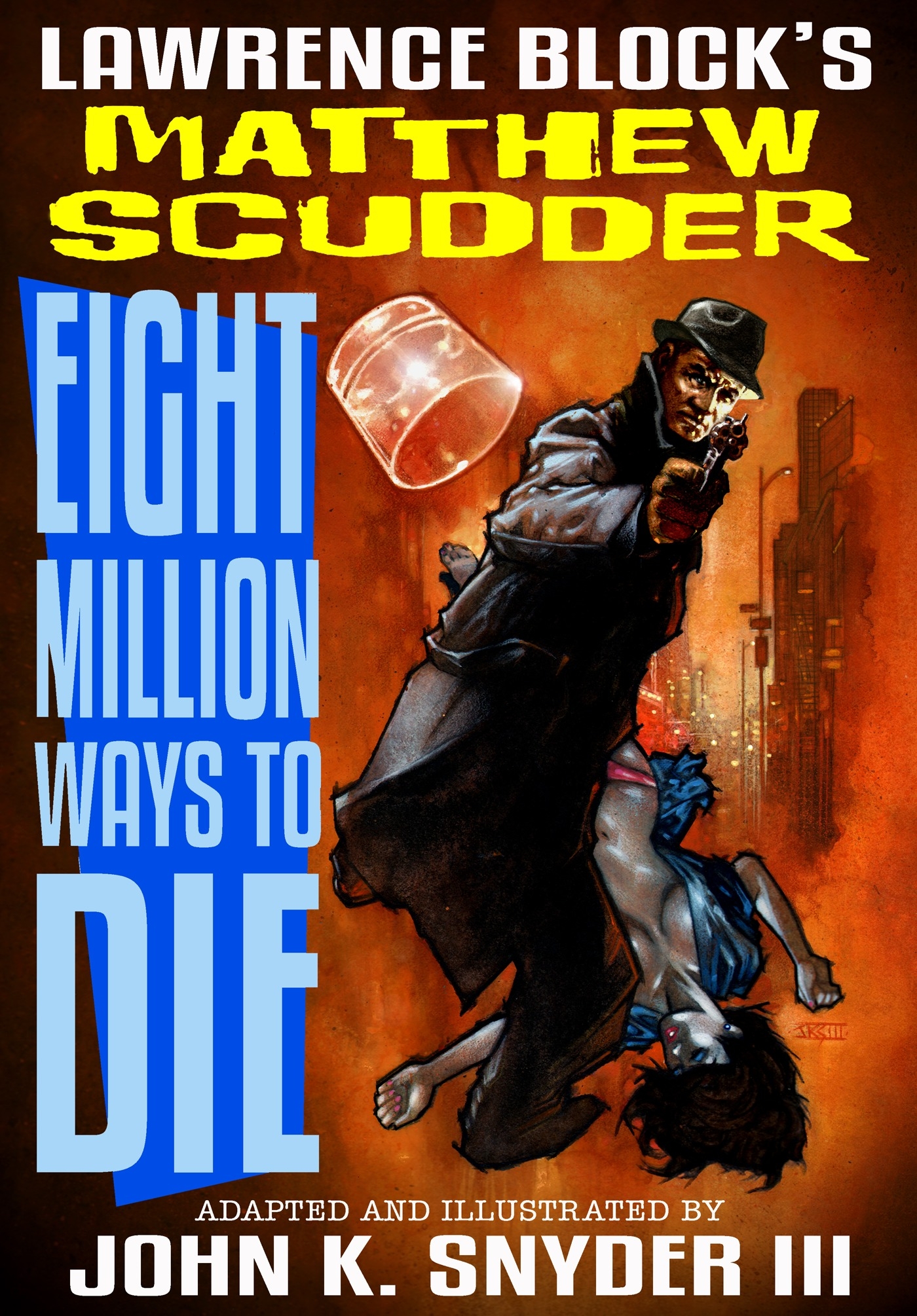

Zakes Mda’s novel, Ways of Dying, centers on physical violence and death in black communities during the transition from apartheid to democracy.

Reality itself in such a period takes on the features of fantasy beauty combines with catastrophe and the apocalypse with rebirth.

Such a period implies the erosion of the reality principle. This article will argue that this is an integral part of a literature of a transitional period. One of the interesting features of the text is its many references to dreams and its use of dream devices in its form. These are also elements of the carnivalesque. The text deals imaginatively with aspects such as the resurgence of group psychology that is a common characteristic of transitional periods with its resistance culture of mass meetings, oratory by political leaders and street processions. He is, further, seeking an answer to the question of how it happened that the child of his homegirl, Noria, died at the hands of comrades. The main character, Toloki, a professional mourner, lives through these apocalyptic times. The text portrays many recognisable aspects of life in this transitional period, but the focus is mainly on the multiple occurrences of violent death in a society where the State has lost control and legitimacy. Ways of Dying (1995) deals with the period between 1990, when negotiations for change in South Africa started, and 1994, when South Africa became a democratic country. This article explores Zakes Mda's novel, Ways of Dying (1995), as an example of transitional literature.


 0 kommentar(er)
0 kommentar(er)
